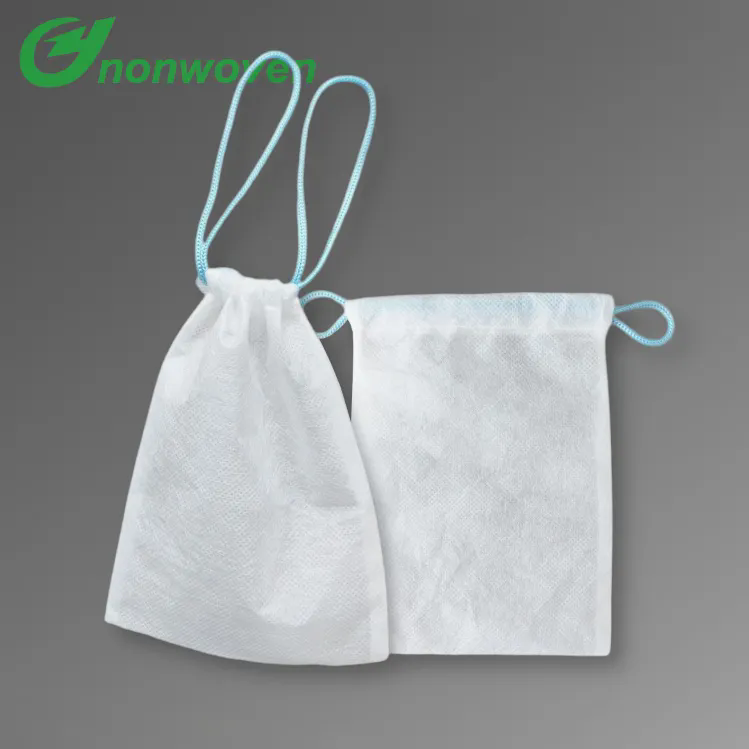Exploring PLA Spunbond Fabric: The Future of Sustainable Textiles
2024-10-12
As the world becomes increasingly aware of environmental issues, the textile industry is undergoing a significant transformation. One innovation gaining traction is PLA spunbond fabric—a biodegradable, sustainable material that is revolutionizing how we think about textiles. In this blog, we will explore what PLA spunbond fabric is, its benefits, applications, and why it is poised to become a leading choice in eco-friendly textiles.
What is PLA Spunbond Fabric?
PLA (Polylactic Acid) spunbond fabric is made from renewable resources, specifically corn starch or sugarcane. The production process involves converting these natural materials into lactic acid, which is then polymerized to create PLA. This PLA is spun into fibers, which are bonded together using heat and pressure to form a nonwoven fabric. The resulting fabric is lightweight, durable, and biodegradable, making it an attractive alternative to traditional petroleum-based textiles.
Benefits of PLA Spunbond Fabric
1. Sustainability: One of the most significant advantages of PLA spunbond fabric is its eco-friendly nature. Since it is derived from renewable resources, its production has a lower environmental impact compared to conventional fabrics made from fossil fuels. Furthermore, PLA fabric is fully biodegradable under the right conditions, breaking down into natural components without leaving harmful residues.
2. Versatility: PLA spunbond fabric is highly versatile and can be used in various applications, ranging from fashion and home textiles to medical and industrial uses. Its adaptability allows it to be customized for different purposes, making it a valuable material in diverse industries.
3. Lightweight and Breathable: This fabric is known for its lightweight properties, making it comfortable for wearables and home textiles. Additionally, its breathable nature enhances comfort, particularly in clothing applications, ensuring that wearers remain cool and comfortable.
4. Strong and Durable: Despite its lightweight nature, PLA spunbond fabric boasts impressive tensile strength, making it suitable for various applications requiring durability. This strength makes it ideal for use in products that endure regular wear and tear, such as bags, tablecloths, and medical disposables.
5. Hypoallergenic: PLA spunbond fabric is hypoallergenic, making it suitable for individuals with sensitive skin or allergies. Its natural composition reduces the likelihood of irritation, making it a great option for clothing and bedding.
Applications of PLA Spunbond Fabric
1. Fashion and Apparel: As the fashion industry increasingly shifts towards sustainability, PLA spunbond fabric has gained popularity for use in eco-friendly clothing. Its lightweight and breathable properties make it an excellent choice for summer wear, activewear, and casual clothing.
2. Home Textiles: PLA spunbond fabric is used in various home textile products, including tablecloths, curtains, and bed linens. Its softness and durability make it a desirable option for creating beautiful, long-lasting home furnishings.
3. Medical and Hygiene Products: The healthcare industry benefits from PLA spunbond fabric's hypoallergenic and biodegradable properties. It is used in disposable medical gowns, masks, and other hygiene products, ensuring patient safety while minimizing environmental impact.
4. Packaging: The growing demand for sustainable packaging solutions has led to the use of PLA spunbond fabric in the production of reusable shopping bags and packaging materials. These products not only help reduce plastic waste but also showcase the brand’s commitment to sustainability.
5. Agricultural Applications: PLA spunbond fabric is also used in agriculture for weed control and crop protection. Its breathable structure allows air and moisture to pass through while protecting plants from harsh environmental conditions.
Challenges and Considerations
While PLA spunbond fabric has numerous benefits, there are also challenges to consider:
- Cost: Currently, PLA spunbond fabric can be more expensive than traditional petroleum-based fabrics. However, as demand grows and production methods improve, costs are expected to decrease.
- Moisture Resistance: PLA is not inherently water-resistant, which may limit its use in specific applications. However, advancements in technology are addressing this limitation by enhancing the fabric's performance in wet conditions.
- Processing Conditions: PLA spunbond fabric requires specific conditions for biodegradation. For optimal decomposition, it needs to be disposed of in industrial composting facilities rather than in traditional landfills.
Conclusion
PLA spunbond fabric represents a significant step forward in sustainable textiles, offering a viable alternative to conventional fabrics. With its eco-friendly composition, versatility, and impressive properties, it is poised to play a crucial role in various industries. As consumers and manufacturers increasingly prioritize sustainability, PLA spunbond fabric is set to become a go-to material for environmentally conscious products.
By choosing PLA spunbond fabric, brands and consumers alike can contribute to a more sustainable future, reducing the environmental impact of textile production while enjoying the benefits of a high-quality material. As the world embraces innovative solutions for a greener tomorrow, PLA spunbond fabric stands out as a shining example of what’s possible in the realm of sustainable textiles.



